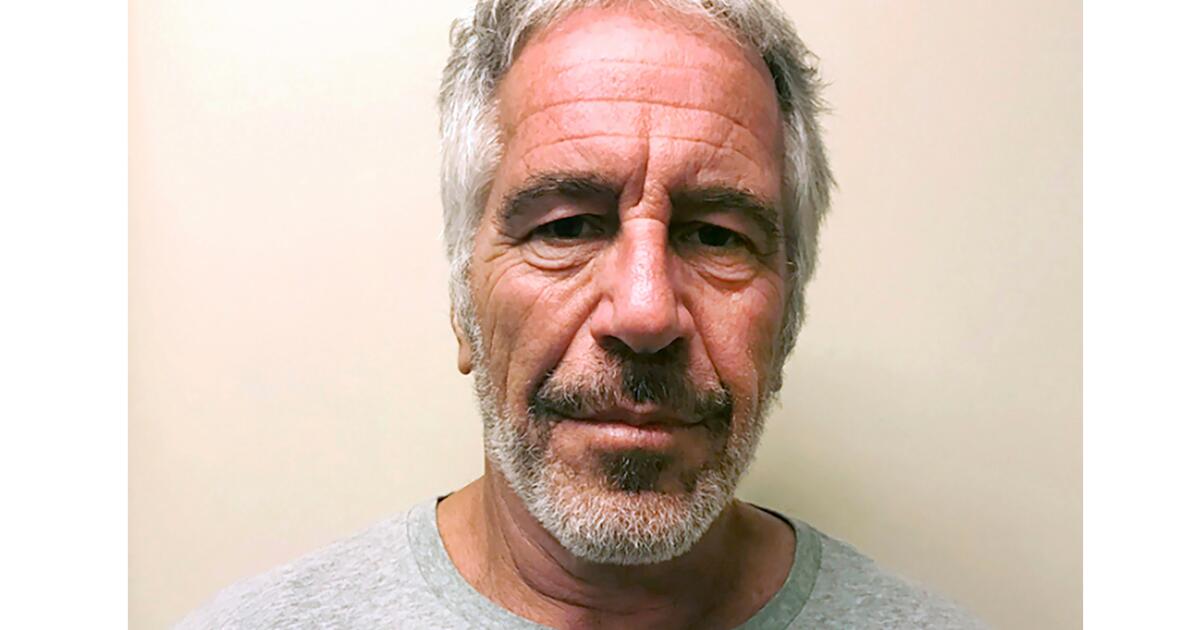5 shortlisted Oscar contenders to watch this holiday season
It’s odd the moments you remember after someone’s gone.
Scrolling through a seemingly infinite number of clips featuring Rob Reiner being compassionate and kind, scenes from his movies that feature a bone-deep empathy for the ways human beings struggle and strive to be better, I kept thinking back to a little wink in “This Is Spinal Tap,” the 1984 mockumentary Reiner directed and co-starred in, playing filmmaker Marty DiBergi.
I’ve seen this movie so many times that I could probably act out the whole thing upon request. It provided a soundtrack to a family trip to Stonehenge several years ago. But thinking about Reiner in the wake of the horrible news that he and his wife, Michele Singer Reiner, were found dead in their home on Sunday night, their son Nick subsequently charged with their murders, I randomly landed on the scene where DiBergi talks with Spinal Tap lead singer David St. Hubbins (Michael McKean) after guitarist Nigel Tufnel (Christopher Guest) leaves the band.
St. Hubbins blithely insists he won’t miss Nigel any more than insignificant band members who played briefly in the group. DiBergi is stunned. He loves Spinal Tap and fears for its future. Reiner plays the moment with such sincere heartbreak, partly in character, but mostly I think because that’s who he was. Reiner couldn’t help it. He felt things deeply and spent much of his life working to make things better for those on society’s margins. He will be missed in so many ways.
I’m Glenn Whipp, columnist for the Los Angeles Times and host of The Envelope newsletter. How to describe this week? None more black will do. But Christmas is coming, and that Vince Guaraldi song never fails to make me smile. Let’s look at some good news for those who made the Oscar shortlists this week.
Voters, consider these
The film academy announced shortlists for 12 categories at the 98th Oscars, whittling down the list of contenders and offering a few indications about what films are scoring early points with voters.
Ryan Coogler’s critically acclaimed, genre-defying blockbuster “Sinners” picked up eight mentions, as did “Wicked: For Good.” Both movies placed two songs on the original song shortlist and both were cited in the newly created casting category.
Guillermo del Toro’s “Frankenstein” followed with six mentions, and “One Battle After Another,” “F1” and “Sirât” each scored five.
The bounty for “Sirât,” the Oliver Laxe thriller that is unquestionably one of the most memorable movies of the year, offered an indication that the word of mouth on this movie is strong enough to land it a spot among the nominees for international feature.
Can it do better than that? It should. Here are five suggestions for voters, including “Sirât,” as the lists are narrowed ahead of Oscar nominations on Jan. 22.
Cinematography: ‘Sirât’

“Sirât” contains so many surprising twists and turns that when asked to describe the plot, I simply tell people that it’s about a father who shows up at a rave in southern Morocco with his young son looking for his missing daughter. The long desert journey they end up taking is astonishing, and cinematographer Mauro Herce, shooting on 16mm film, captures every treacherous mile in dramatic detail.
Original score: ‘Marty Supreme’

Voting with the Los Angeles Film Critics Assn., I cast my ballot for Kangding Ray’s hypnotic score for (you guessed it) “Sirât.” But that was just one of many soundtracks that found its way into my life this year. Hans Zimmer’s synth-heavy “F1” score makes for propulsive listening while pedaling on an exercise bike and ranks among the celebrated composer’s best work. And I share Times film editor Josh Rothkopf’s enthusiasm for Daniel Lopatin’s throwback electronic beats in “Marty Supreme,” a delight for anyone who grew up listening to the ethereal soundscapes created by Tangerine Dream.
Casting: ‘Weapons’

I’m highlighting Zach Cregger’s horror-mystery “Weapons” here partially because of its inexplicable absence in the makeup and hairstyling category. I guess voters knew it was Amy Madigan in that bright red wig all along. That omission aside, “Weapons” is a prime example of what a great casting director can do, making use of familiar faces (Josh Brolin, Julia Garner, Madigan) in unexpected ways, finding the right child actor (Cary Christopher) to deliver big emotional moments and elevating emerging talent (Austin Abrams) to unexpected heights. Allison Jones, one of the greats, belongs among the casting category’s inaugural set of nominees.
Original song: ‘I Lied to You’

I mean, you saw that scene in “Sinners,” right?
Documentary: ‘My Undesirable Friends: Part 1 — Last Air in Moscow’

Julia Loktev’s five-hour chronicle of the chilling Russian crackdown on independent journalists has won documentary honors from both the Los Angeles and New York film critics. The doc begins in 2021, when the journalists, mostly women, are forced to label themselves as “foreign agents” simply for doing their jobs, covering Putin’s regime in a factual manner. Things intensify after Russia’s invasion of Ukraine, turning “My Undesirable Friends” into a cautionary tale about the perils of bending to an autocrat. It goes without saying, but this is essential viewing.



